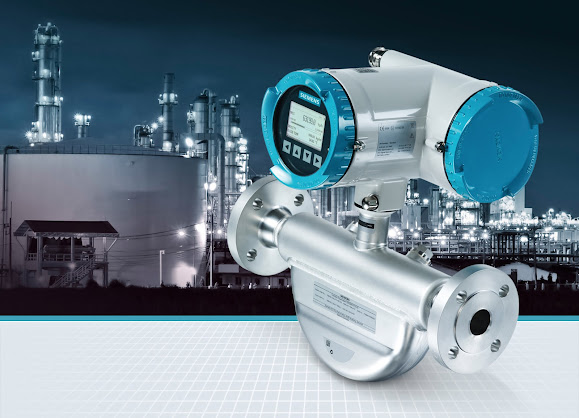How Data Acquisition Drives Insights and Decision?
In today's fast-paced digital world, data has emerged as the new currency driving business success. From marketing strategies to product development, data plays a pivotal role in shaping decisions and insights.
However, the journey from raw data to actionable insights is not straightforward. It requires a robust data acquisition process, wherein the right data is collected, organised, and analysed to extract meaningful insights. In this blog, we will delve into the significance of acquisition and how it fuels informed decision-making across various domains.
Acquisition refers to the process of collecting raw data from various sources, including sensors, devices, databases, and digital platforms. This data can be structured or unstructured, ranging from numerical values to text, images, and multimedia. The primary goal of data is to gather relevant information that can be utilised for analysis and decision-making purposes.
The Role of Data in Driving Insights
Data serves as the foundation for generating insights that drive business strategies and operations. Through sophisticated analysis techniques such as data mining, machine learning, and predictive analytics, organisations can uncover patterns, correlations, and trends hidden within vast datasets. These insights provide valuable information about customer behaviour, market trends, operational efficiency, and emerging opportunities or risks.
Benefits of Effective Acquisition
- Informed Decision-Making: By acquiring relevant data, organisations can make informed decisions based on real-time information rather than relying on gut instincts or outdated assumptions.
- Competitive Advantage: Access to timely and accurate data gives businesses a competitive edge by enabling them to anticipate market trends, identify customer preferences, and adapt their strategies accordingly.
- Enhanced Customer Experience: Data allows companies to gain a deeper understanding of their customers' needs, preferences, and pain points, enabling them to tailor products and services to meet specific requirements.
- Optimised Operations: By analysing operational data acquisition, organisations can identify inefficiencies, streamline processes, and allocate resources more effectively, leading to cost savings and improved productivity.
- Risk Mitigation: Data helps organisations identify potential risks and vulnerabilities, allowing them to implement proactive measures to mitigate threats and ensure business continuity.
Challenges in Data
Despite its numerous benefits, data is not without challenges. Some of the common hurdles include
- Data Quality: Ensuring the accuracy, consistency, and reliability of data can be challenging, particularly when dealing with large volumes of information from diverse sources.
- Data Privacy and Security: With increasing concerns about data privacy and security, organisations must implement robust measures to protect sensitive information and comply with regulatory requirements.
- Data Integration: Integrating data from disparate sources and formats can be complex and time-consuming, requiring advanced technologies and expertise in data management.
Final Words
In closing, acquisition plays a crucial role in driving insights and decisions across various domains. By collecting, analysing, and interpreting data effectively, organisations can gain valuable insights that inform strategic initiatives, enhance operational efficiency, and drive business growth.
However, achieving success in data acquisition requires a combination of advanced technologies, skilled professionals, and a commitment to data-driven decision-making. As we continue to navigate the digital landscape, mastering the art of data will be essential for staying competitive and unlocking new opportunities in the ever-evolving business environment.


Comments
Post a Comment